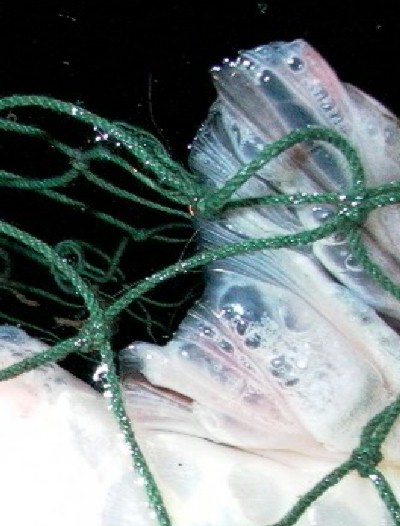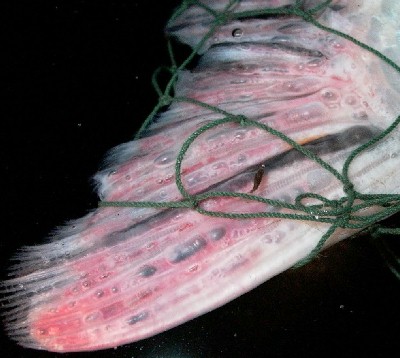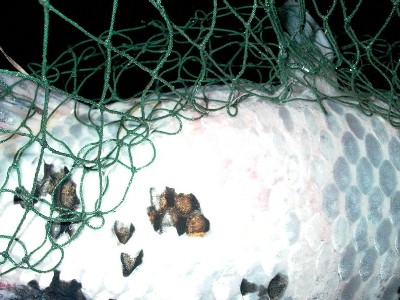 Gas-bubble
disease (which is uncommon) presents the
opposite problem to hypoxia. It is caused by
over-saturation of the water with air.
During summer it is tempting to try and
force as much oxygen as possible into the
water but it is important to realize that at
any given temperature there is a maximum
amount of oxygen the water can naturally
hold If this level is exceeded for example
by forcing air into the water under pressure
the water can become supersaturated with
oxygen.
This
problem can be detected by measuring total dissolved gases (DO, nitrogen, argon,
dissolved carbon dioxide etc.) though the equipment required is expensive.


Gas
bubble disease is supersaturating of gases in the water due to pumping
under pressure and/or cold water heating up to room temperature. Tap water
distribution systems are maintained under pressure at all times, both to insure
adequate flow and to prevent polluted water from outside the pipes to enter in
at leaks. Any additional gas introduced into these pipes (e.g., a leaky
manifold) will be dissolved at these higher partial pressures, and will often be
supersaturated when it emerges from the tap.

Also,
gases are more soluble in cold water than warm, so when gas-saturated cold water
emerges from the tap and warms up in an aquarium, the water becomes
supersaturated and can form bubbles. The problem resulting from this phenomenon
is called gas-bubble disease.
This is characterized by the formation of gas bubbles in the body cavities of
fish, such as behind the eyes (causing exophthalmia) or between layers of skin
tissue. Typical signs of which are visible air bubbles in the eyes, gills and
sometimes in the skin. Small bubbles can form within the vascular system,
blocking the flow of blood and causing tissue death. Worse, bubbles can form in
the gill lamellae and block blood flow, occasionally resulting in death by
asphyxiation. At 140% saturation and higher, gas bubble disease can cause fish
kills, although the effect can cause some problems at 105-140% saturation.
Stirring up bubbles during a water change doesn't hurt your fish, but it
probably doesn't do much for them, either. It may hasten the degassing a bit,
but you certainly aren't removing chlorine/chloramines by this method.
|

